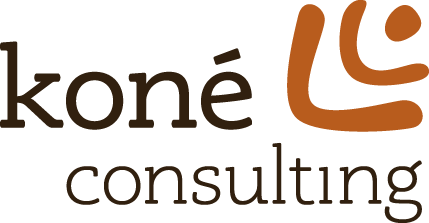Double Loop Learning and the Problem With Problem-Solving
Chris Argyris’s 1991 paper Teaching Smart People How to Learn gives us the concepts of “single loop” and “double loop learning”. Argyris wrote:
A thermostat that automatically turns on the heat whenever the temperature in a room drops below 68 degrees is a good example of single-loop learning. A thermostat that could ask, “Why am I set at 68 degrees?” and then explore whether or not some other temperature might more economically achieve the goal of heating the room would be engaging in double-loop learning.
A simple expression of double loop learning is to resist the impulse to solve problems as they arise. It’s satisfying to rush in and solve a problem, but (as Jerry Weinberg often wrote) as soon as you solve your worst problem, your second-worst problem immediately takes its place.
Even worse, there’s no reason not to expect the same problem you just solved to recur, perhaps in a different situation that makes it harder to recognize, or unseen by you, or masked by other problems.
Single loop learning is something nearly all professionals have gotten pretty good at. When we discover a problem, we jump towards solutions. It’s hard to avoid this, and if you don’t, you’ll exclude from consideration all of the potential solutions that didn’t immediately spring to mind.
That’s why so many processes in the lean toolkit defer problem-solving until solutions are actually needed. Jumping to conclusions is a form of disrespect and waste as bad as any other.
Seen from one perspective, activities like value stream improvement seem like a huge amount of work up front to get to the point of actually solving specific problems with a group’s work. (When we do value stream improvement at Koné Consulting, problem identification and problem solving happen on separate days). Seen from another perspective, it’s the things that happen in between becoming aware of problems and designing solutions that boosts the quality, originality, and humanity of improvements that come out of the process.
Lean is not just “do it right the first time”; equally as important is “solve the right problem at the right time” (also called kaizen or “continuous improvement”).
One commonality among all lean processes is that they do a fantastic job of making problems visible, whether that’s a pileup of work on a kanban board, dismal realities on a value stream map, or process gating in a set-based design. The challenge of double loop learning is to move beyond “obvious” solutions to these problems and to create a learning organization where honest observation, directed creativity, and respect for people drives improvement.
